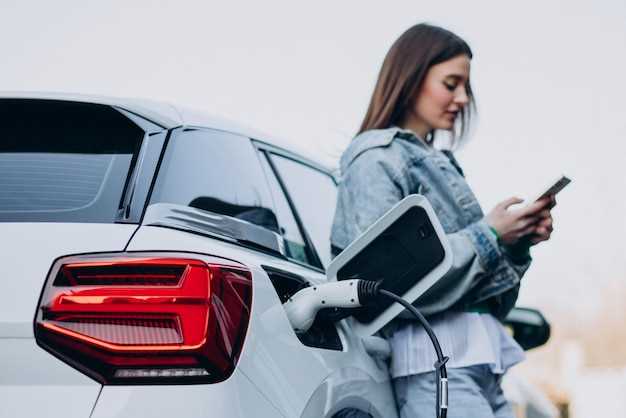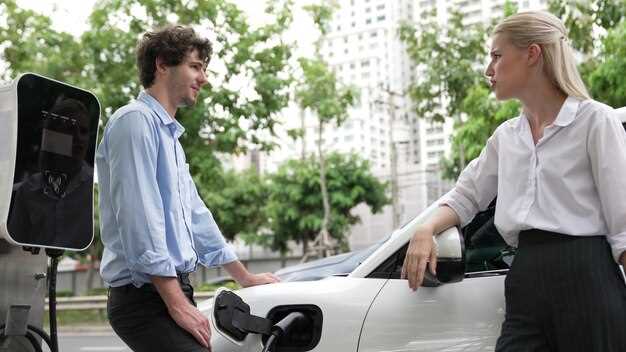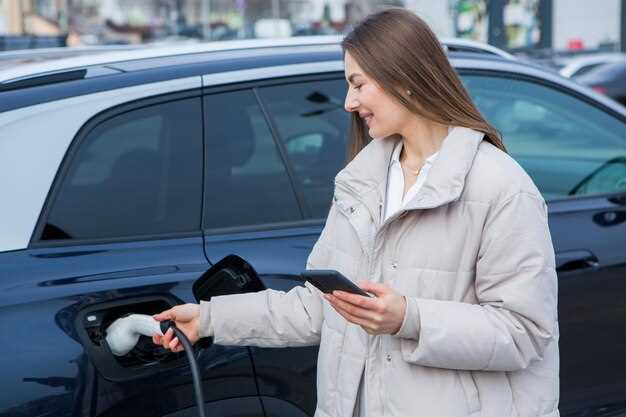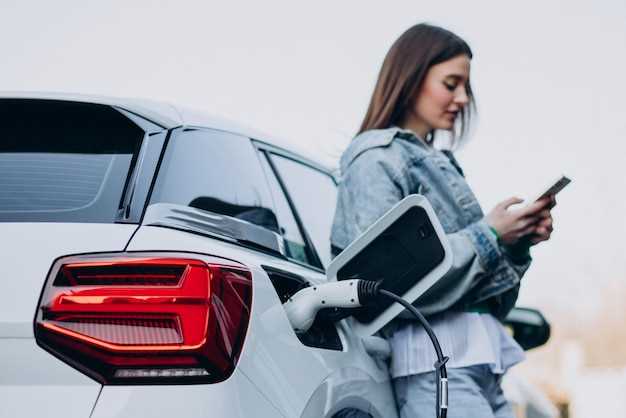
When considering the purchase of an electric vehicle (EV), potential buyers often find themselves navigating a landscape filled with choices and uncertainties. It’s essential to be well-informed and prepared, as the decision to invest in an EV can significantly impact your driving experience and overall satisfaction. This article aims to provide a comprehensive checklist for buyers, highlighting crucial aspects to inspect before finalizing your purchase.
From battery health to software features, the inspection process for an electric car differs notably from that of traditional gasoline-powered vehicles. To ensure that you make an informed decision, it’s imperative to verify the condition and performance of essential components, as well as to understand the vehicle’s history. Being equipped with a thorough checklist will help you assess the vehicle accurately and avoid common pitfalls.
In this guide, we will explore the key elements you should focus on, including battery life, charging options, and warranty details. By following these tips, you can ensure a smooth transition to electric mobility while maximizing your investment.
Inspecting an Electric Car: Key Tips for Buyers

When considering an electric car, a thorough inspection is crucial to ensure you make a wise investment. Start with a detailed checklist that covers all the essential aspects of the vehicle.
Firstly, examine the battery condition. The battery is the heart of any electric car, and its lifespan and health significantly affect performance and range. Verify the remaining warranty on the battery and check for any history of battery replacements or issues.
Next, assess the charging system. Ensure the car comes with the necessary charging cables and check compatibility with home charging solutions. Look for any signs of wear on the charging port and ask about the charging history, including frequency and previous charging locations.
Consider the vehicle’s software updates. Many electric cars continue to receive improvements and bug fixes via software updates. Confirm whether the car’s software is up to date and inquire about any outstanding updates that may be needed.
Inspect the overall condition of the car, including the tires, brakes, and suspension. Just like with conventional cars, the condition of these components can significantly impact safety and efficiency. Check for uneven tire wear, which may indicate alignment issues.
Also, request a complete service history. A well-documented service history not only verifies maintenance records but can also highlight any potential issues that the previous owner experienced.
Finally, consider taking the car for a test drive. This will give you insight into its performance, handling, and overall comfort. Pay attention to how the car accelerates, brakes, and handles on various road conditions.
By following this inspection checklist, you can confidently evaluate an electric car and make an informed purchasing decision that aligns with your needs and preferences.
Understanding the Electric Vehicle’s Battery Health

The battery health of an electric vehicle (EV) is a vital aspect that potential buyers must evaluate before making a purchase. The battery is not only the main power source for the EV but also has a significant impact on the overall performance, range, and resale value of the vehicle.
When inspecting an EV, it is essential to check the state of the battery. Buyers should look for a checklist of factors that indicate battery health, such as the battery capacity compared to its original capacity. Over time, EV batteries typically degrade, affecting their ability to hold charge. A healthy battery might still retain 70%-90% of its capacity, while anything lower could signal future problems.
Another important element to consider is the charging history of the battery. Frequent rapid charging can contribute to quicker degradation. Inquire about the charging habits of the previous owner, including the types of chargers used and how often the vehicle was charged to full capacity.
Temperature extremes can also impact battery health significantly. EVs operated in extremely hot or cold climates may experience accelerated battery degradation. Understanding the climate history of the vehicle’s primary location can provide insight into potential battery issues.
Additionally, check for any reported issues or recalls related to the battery model in question. Some manufacturers have specific warranty policies that cover battery life, and knowing these details can aid in decision-making.
Lastly, consider obtaining a professional battery health report if possible. Many dealerships or services offer diagnostic tools that can give a clearer picture of the battery’s current state and expected longevity. Being thorough in evaluating battery health is crucial for any buyer looking to invest in an electric vehicle.
Evaluating the Condition of Charging Equipment and Port
When considering the purchase of an electric vehicle (EV), assessing the condition of the charging equipment and port is crucial. Proper functioning of these elements ensures you can maintain your vehicle’s battery efficiently. Here is a comprehensive checklist for evaluating these components:
- Inspect the Charging Cable:
- Look for any visible signs of wear or damage, such as fraying or kinks.
- Check for exposed wires or corrosion at the connectors.
- Ensure the connection points are clean and free of debris.
- Evaluate the Charging Port:
- Examine the port for any physical damage or scratches.
- Check for signs of moisture or rust, which can affect connectivity.
- Ensure the latch mechanism (if present) operates smoothly and securely.
- Test Compatibility:
- Ensure the charging equipment is compatible with your EV model.
- Verify that the charging unit supports the required charging speed (Level 1, Level 2, or DC fast charging).
- Assess Charging Performance:
- Ask for a demonstration of the charging process.
- Monitor the time taken to charge and any indications of error messages.
- Verify Service History:
- Request documentation regarding any repairs or replacements of charging equipment.
- Check if there have been any issues reported with the charging system in the past.
Using this checklist enables you to make an informed decision about the condition of the charging equipment and port of your potential EV, ensuring a smooth and reliable ownership experience.
Assessing Software and Technology Features in EVs
When inspecting an electric vehicle (EV), evaluating its software and technology features is crucial for buyers. A thorough checklist should be prepared to ensure all essential aspects are covered.
First, examine the infotainment system. It should offer user-friendly interfaces, smartphone integration (e.g., Apple CarPlay, Android Auto), and live updates. Verify if the system supports Bluetooth connectivity for hands-free calling and audio streaming.
Next, assess the navigation capabilities. Many EVs come with built-in GPS and real-time traffic updates. Look for features like charging station locators that help you plan efficient routes, especially for long journeys.
Another critical aspect is the advanced driver-assistance systems (ADAS). Features such as adaptive cruise control, lane-keeping assist, and automatic emergency braking play a significant role in safety. Test these systems during your inspection to evaluate their responsiveness and reliability.
Additionally, inquire about software updates. some manufacturers provide over-the-air (OTA) updates, which ensure that the vehicle’s software remains current without needing to visit a dealership. This functionality can enhance performance and introduce new features over time.
Lastly, consider the connectivity options. Features such as remote vehicle access via mobile apps allow you to monitor battery status, locate the vehicle, and precondition the cabin before driving. These capabilities enhance the overall ownership experience and convenience.
In conclusion, a detailed inspection focusing on software and technology features will ensure that you make an informed decision when purchasing an EV. Utilize your checklist to cover all bases and ensure that the technology meets your expectations.



